Description
Selank: Research Applications and Mechanisms
PubChem CID : 9943130Selank was developed by modifying the structure of tuftsin, a naturally occurring immunomodulatory peptide. The result is a longer-acting, more stable compound that retains both neuroactive and immunotropic properties. Research surrounding Selank focuses on its regulation of cytokines, brain monoamines, and GABAergic activity.
1. Neurotransmitter System and Anxiolytic Pathways
A significant area of Selank research involves its influence on monoamine neurotransmitters, particularly serotonin, dopamine, and norepinephrine.
- In rodent studies, Selank has been shown to increase serotonin and dopamine levels in the hippocampus and frontal cortex [1].
- These changes have been linked to its interaction with GABA-A receptors, suggesting that Selank may enhance GABAergic transmission indirectly [2].
Electrophysiological studies have explored how Selank affects neuronal firing rates and synaptic plasticity, offering a model for researching anxiolytic mechanisms without sedative effects.
2. Immune Modulation and Cytokine Research
Selank’s structural relation to tuftsin has made it a target in immunological studies, particularly for its effects on cytokine production and T-helper cell activity.
- In vitro experiments on human peripheral blood cells show that Selank modulates levels of interleukin-6 (IL-6) and tumor necrosis factor-alpha (TNF-α) [3].
- Animal studies support its role in balancing Th1/Th2 responses, indicating potential in models studying immune homeostasis [4].
Such findings are relevant to research in neuroimmune communication, where peptides influence both inflammatory responses and neural function.
3. Cognitive Function and Neurotrophic Factor Studies
Selank has also been studied for its role in modulating brain-derived neurotrophic factor (BDNF) and nerve growth factor (NGF) expression in the central nervous system.
- Repeated administration in rodent models resulted in increased BDNF expression in the hippocampus and prefrontal cortex [5].
- These results have been used to examine Selank’s effect on learning, memory formation, and synaptic modulation.
These experiments often use RT-PCR and immunohistochemistry techniques to quantify mRNA and protein levels in brain tissue.
4. Stress Adaptation and HPA Axis Research
Selank is involved in studies of the hypothalamic-pituitary-adrenal (HPA) axis, particularly in response to acute and chronic stress.
- It has demonstrated the ability to normalize corticosterone levels in stressed rodents and stabilize ACTH secretion during experimental challenges [6].
- Research has indicated its ability to blunt stress-induced monoamine imbalances in multiple brain regions.
This makes Selank a relevant peptide for stress physiology studies, where neuroendocrine regulation is a central focus.

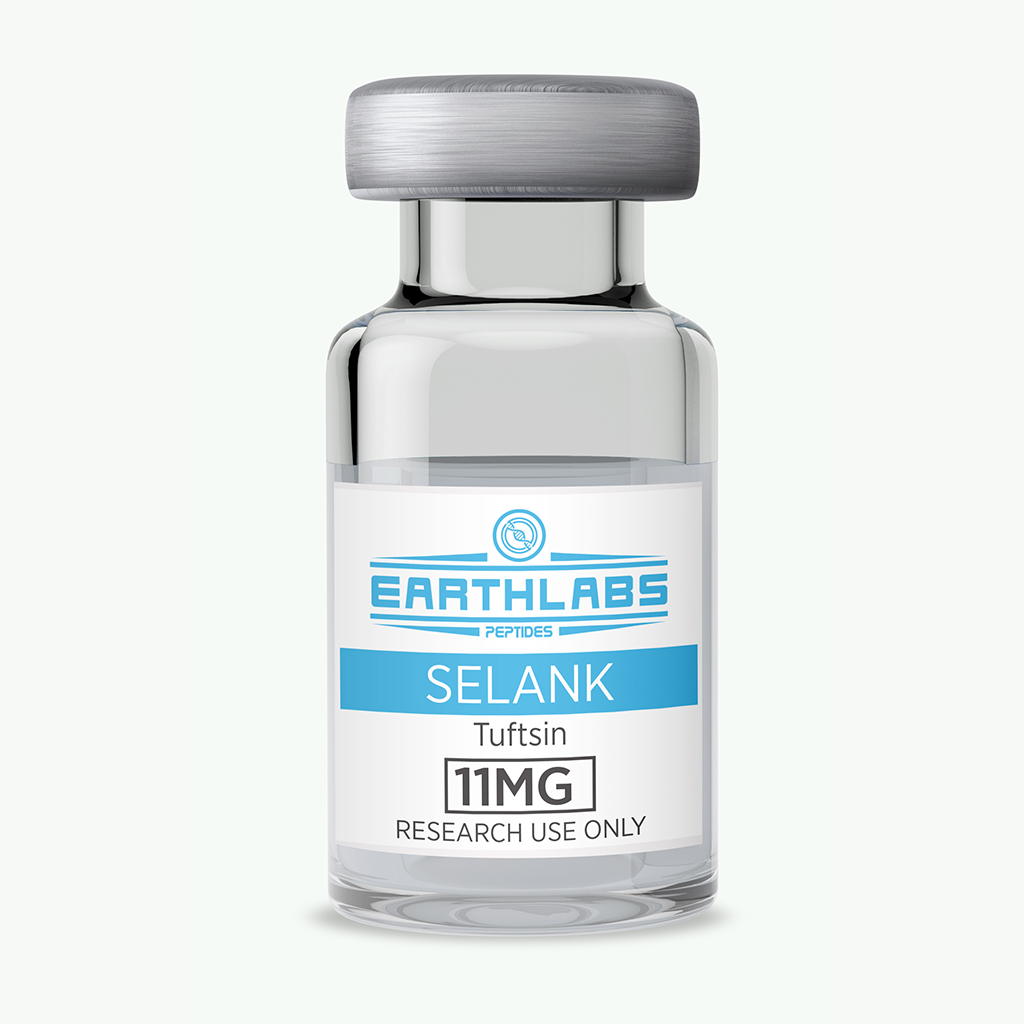
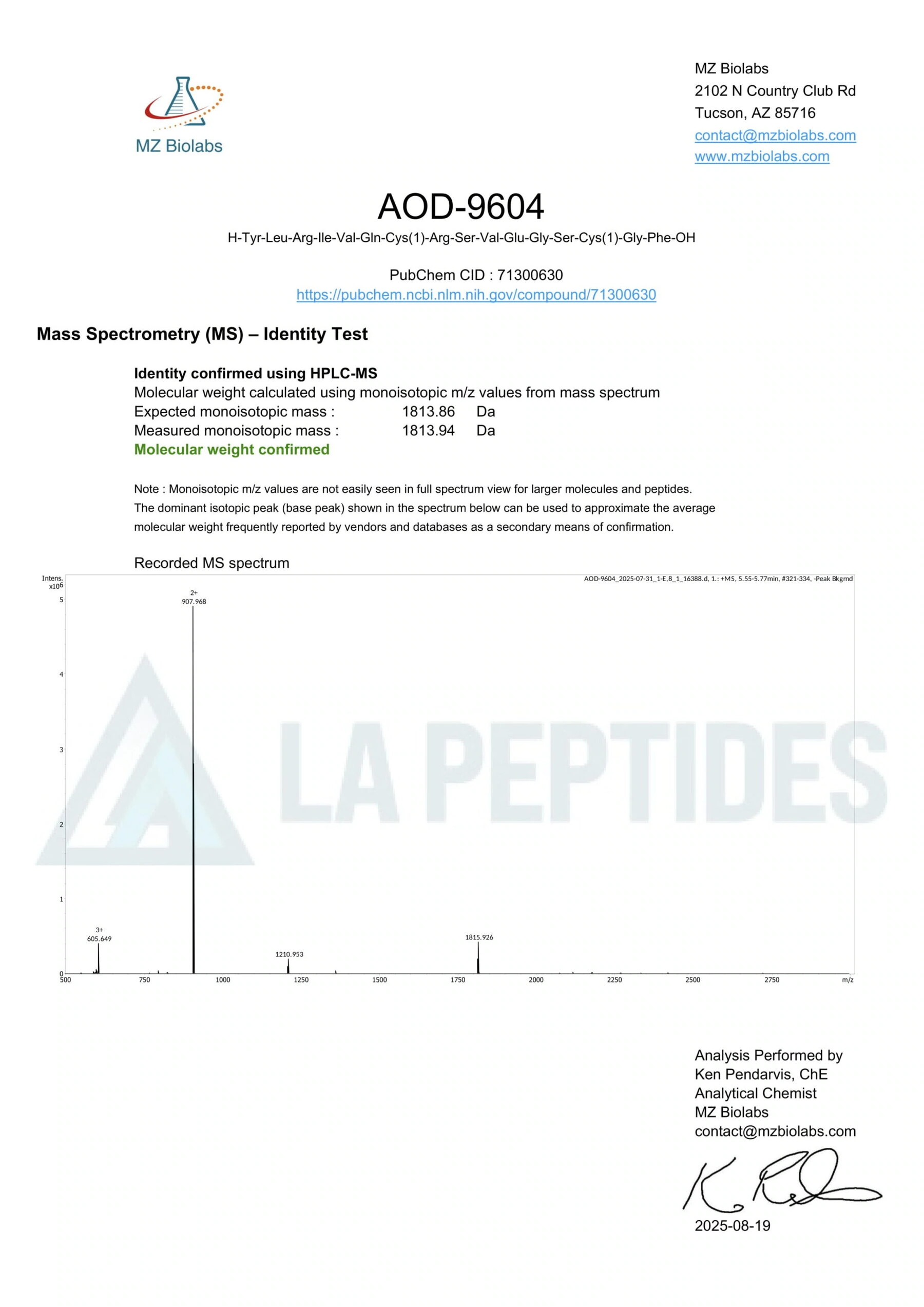
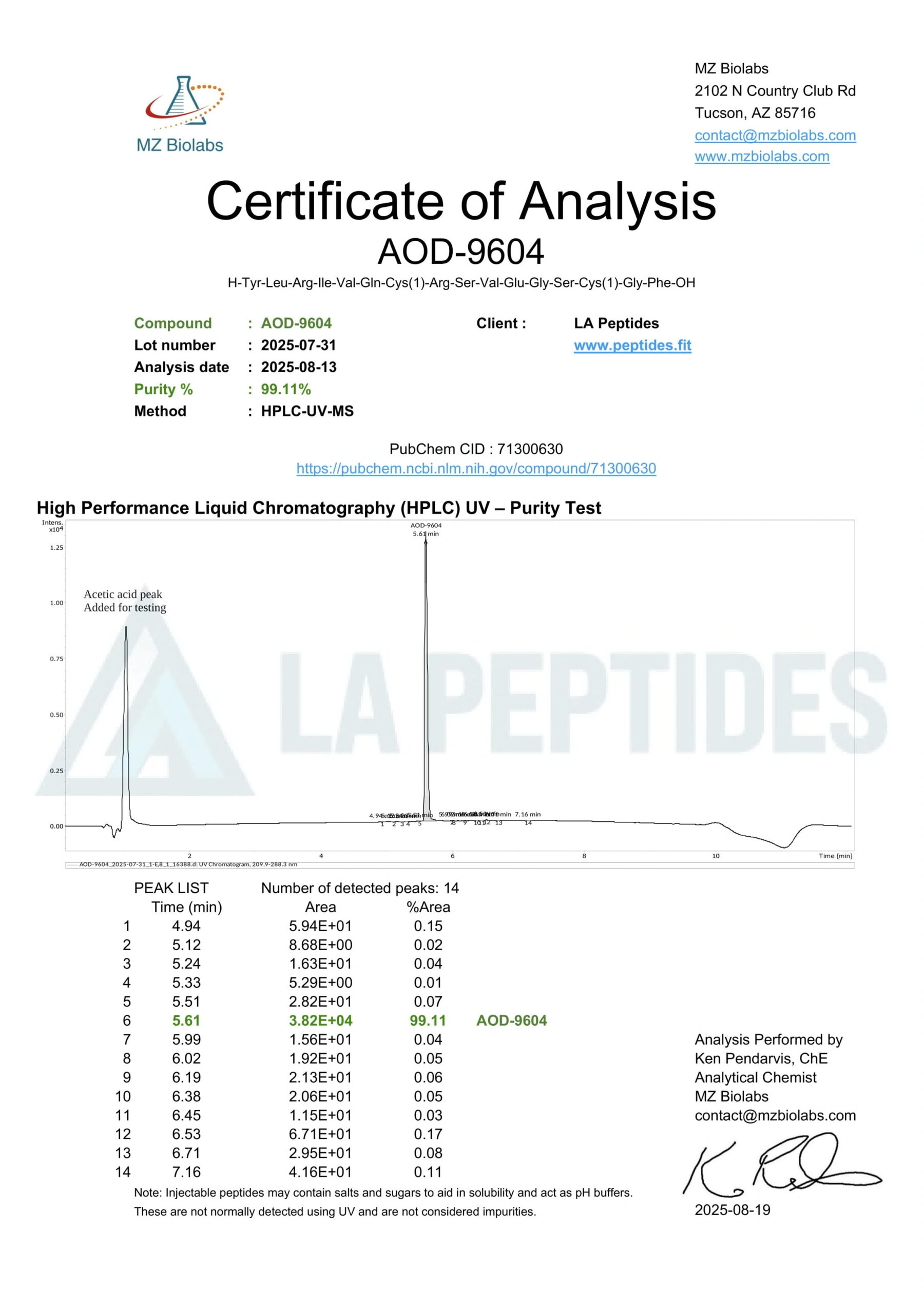

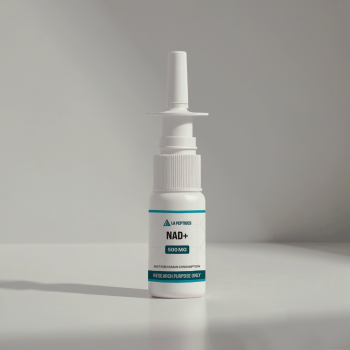
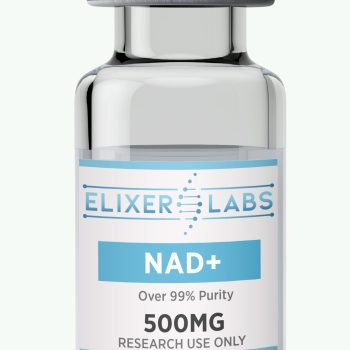
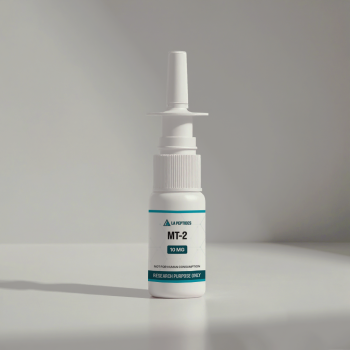

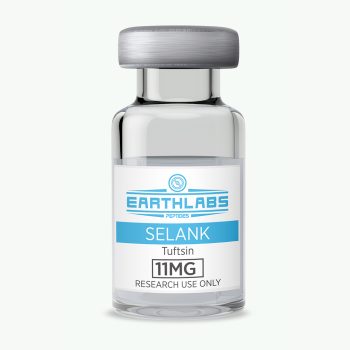




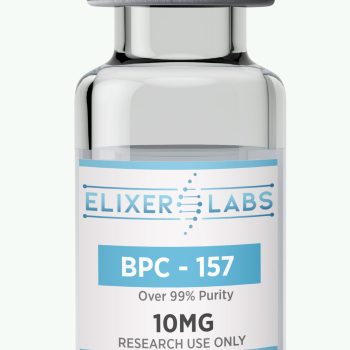
There are no reviews yet.